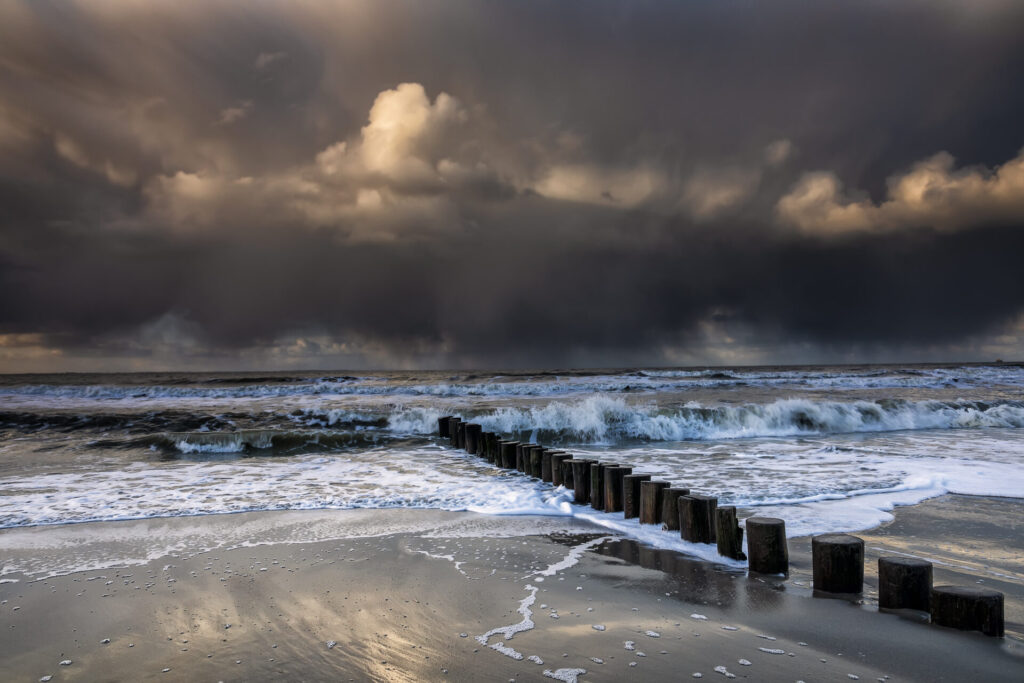Rising sea levels is flooding caused by sea water in which land becomes inundated during high tides and storm surges.
Rising sea levels are usually caused by high tides in combination with rising sea levels and changing weather systems. Exposed properties are at risk of severe and widespread physical damage in these events. As global temperatures increase, ice sheets are melting which causes sea levels to rise. Combined with low-pressure systems and strong winds, storm surges can cause coastal flooding.
As ocean temperatures rise, ice sheets melt, increasing the ocean's volume. Warm water also takes up more space than cold water which elevates sea levels.
The combination of low pressure systems, wind and high tides, pushes seawater further inland towards infrastructure.
Clearing of plants and dunes along the coast for development removes a line of defence against the impacts of coastal inundation.
Learn more about how climate change is expected to impact Australian property.
Learn more about how climate change is expected to impact New Zealand property.
Learn more about how climate change is expected to impact property in America.
Learn more about how climate change is expected to impact property in Europe.
Learn more about how climate change is expected to impact property in Canada.
Learn more about how climate change is expected to impact property in the United Kindgom.
Climate Risk Engines collates data on rising sea levels, shifting terrestrial heights, historical tides and extreme sea events to assess the risk to a property. The frequency and extremity of previous sea events are taken into account, as are adjustments for land movements.
A range of national tidal gauges gives us a distribution of tide levels and extreme sea events along coastal areas.
The analysis uses data from Lidar (laser) mapping and satellite imagery to assess the height of ground above sea level.
As tectonic plates shift, land masses may move above or below previously recorded sea levels.


The vulnerability of a property flooding from coastal inundation is determined by a range of characteristics; proximity to the coast, elevation, foundations of the building and materials used are key determinants. Properties that have a low elevation and are close to the coast with no physical barriers or protection are more at risk of extreme weather events.
The way a building’s foundations and materials respond to water also helps determine its vulnerability (materials like concrete slab, waterproof membranes in the walls and glass blocks are more resilient than wood and traditional brickwork.)
Find out the risks to your property with a FREE site check
< Insert search bar >
Website developed by The Marketing GP